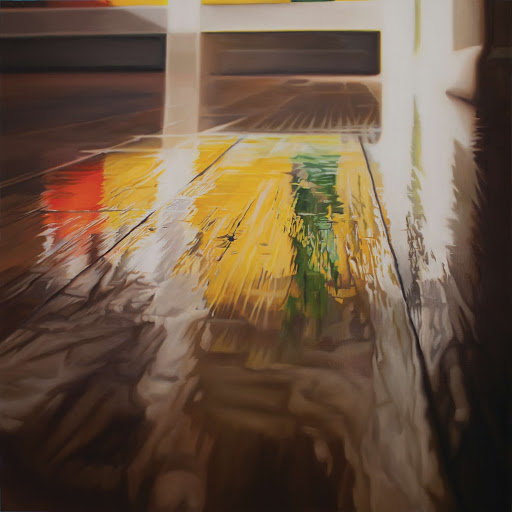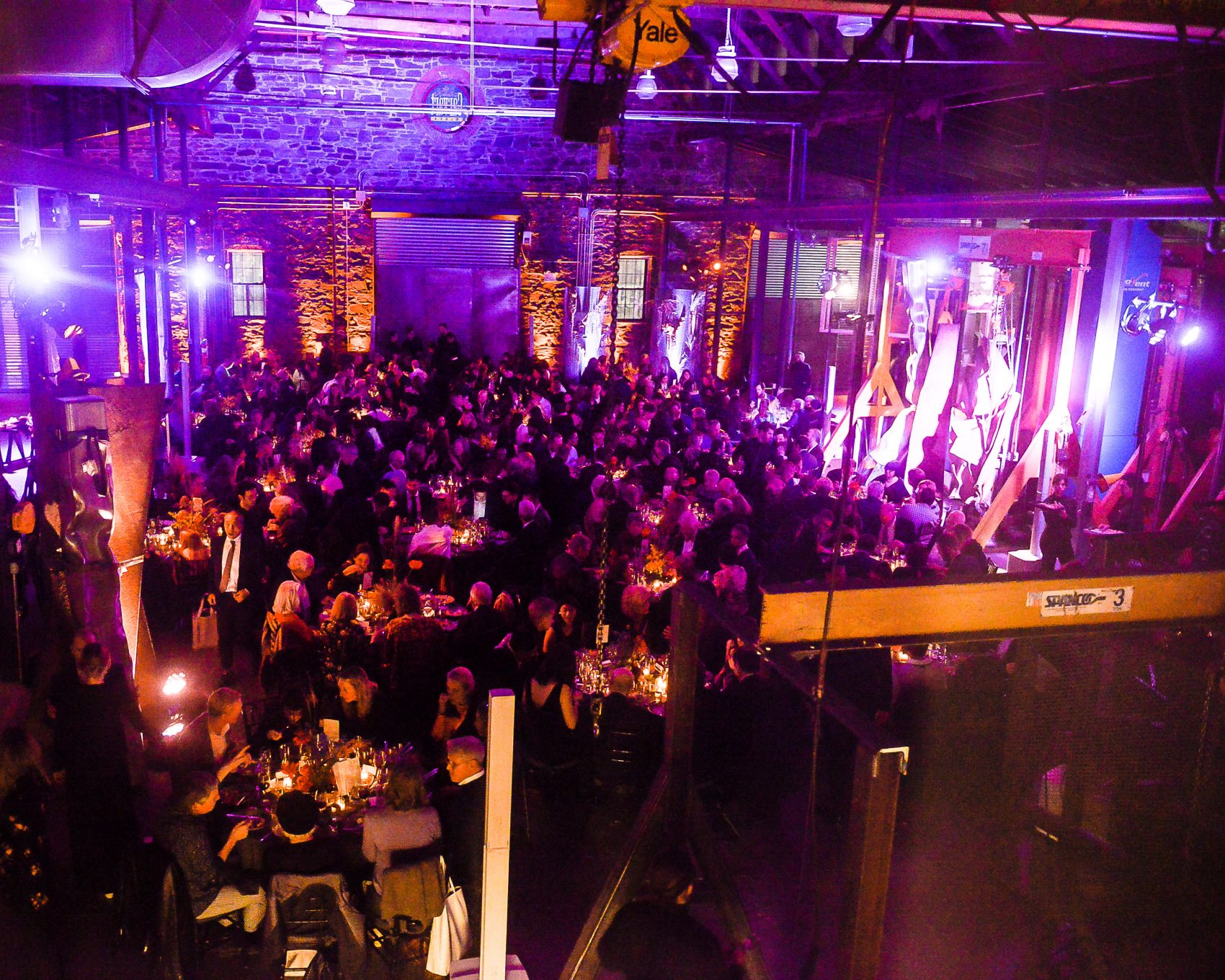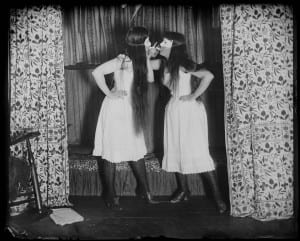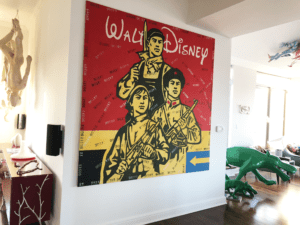top image // Patricia Traub, Guardian with Twelve Animals
Gallery Henoch opens the fall season with philanthropy, resilience, and virtuosity in the exhibition The Female Eye. The exhibition highlights eleven women artists and benefits Memorial Sloan Kettering Cancer Center. The show coincides with Breast Cancer Awareness Month, which is personal to Gallery Henoch curator Nancy Hicks, who is a breast cancer survivor. Hicks was diagnosed with breast cancer when she was thirty-five years old. Hicks, now 70, triumphed over her battle with cancer and considers “the exhibition as a way of gratefully giving back in return for what was once given to me. Breast cancer is everyone’s concern, but it’s especially a woman’s concern. As women’s issues have come increasingly to the forefront, and women in the arts have begun to achieve greater visibility, The Female Eye calls attention to this important moment in time.” Gallery Henoch’s goal is to “bring awareness of the countless ways women around the world have had to fight for proper recognition, for humane treatment, and for appropriate medical care.” The gallery seeks “to highlight the resilience of women through the perspective of these female artists.”

The core of Gallery Henoch’s program is representational art. This exhibition focuses on the technical virtuosity and artistic merit of eleven women artists. With a diverse range of styles, the artists focus on portraits, still lifes, and landscapes. Artists Olga Antonova, Renee Foulks, Sharon Sprung, and Patricia Traub focus on the figure. Traub and Antonova’s style draws inspiration from 16th and 17th- century painting. Traub’s paintings feature figures surrounded by domestic, exotic, and endangered animals. Traub made a trip to Africa in 1980, spending hours drawing a cheetah resting on a dead tree. Since then, she has “devoted my painting to expressing content that reflects contemporary issues focusing on animal welfare, conservation and interdependent relationships between animals and humans.” Her paintings Rescuer with a Lemur, African Wild Dog, Two Rare Poultry, and large painting Guardian with Twelve Animals feature nude female and male models surrounded by exotic animals. The nudity of the figures reminds us of our symbiotic relationship with animals, which may or not be beneficial to the animals. The paintings are Rembrandtesque in the use of a dark burnt umber background, which allows the figures and the animals to project forward from the canvas.
Antonova’s portraits are reminiscent of 17th-century northern European portraiture except for their slight bluish-gray coloring of the figures. Antonova dresses her models in elaborate costumes and hats, making the time period ambiguous and anachronistic. Renee Foulks’ contribution to the exhibition In the Garden is a large painting of a male figure standing in a tree. The figure is camouflaged by the shadows of the branches of the tree and is barely noticeable. It is part of a triptych based on the theme of Adam and Eve in the Garden. Foulks states, “I examine rituals and belief systems and attempt to address ideas regarding birth, death, and resurrection. She hopes that her “symbolic language will offer a variety of interpretations and meditations the still lifes in the exhibition range from the sublime to the humorous.”

Janet Rickus’ Keep a Lid On It is a painting of a collection of lidded ceramic ware. The collection includes sugar bowls and teapots centered around a ceramic figurine of a female character with her hands thrown up with a surprised expression on her face. It is a joyful painting a colorful contemporary antidote to the more somber still lifes of Giorgio Morandi. Elizabeth McGhee uses wordplay in the titles of her paintings. Her witty painting Feeder Fish depicts a goldfish hovering above a table surface with Goldfish Crackers scattered below it and suspended in a clear container reminiscent of a goldfish bowl. The realistically rendered goldfish looks bewildered by the conundrum. Alexandra Averbach says she is “continuously inspired and awed by the beauty of nature.” Her photorealistic Transposed is a painting of two open jelly jars, one filled with raspberries and one filled with blackberries not yet turned into jam. Averback wants her paintings to convey a sense of stillness and tranquility “as if time is suspended within the painting.”

The exhibition is rounded out with a series of landscape paintings including Anita Mazzucca’s light-filled rendering of a farm near where she lives in NJ. She thinks a landscape is something we pass to get from point A to get to point B “but pass a location at just the right time of day and something draws you in… Nature has an energy that searches for light and space. It has a delicacy and beauty where weeds and leaves can look like lace.”
Sunghee Jang’s work is the only art in the show that veers somewhat towards abstraction. Her depictions of reflections on floors are dazzling interpretations of light. Alexandra Pacula’s cityscapes focus on artificial light Fluttering Lumens is a vibrant depiction of the city at night with a view of the Manhattan Bridge in the distance. She says, “In my compositions light has a life of its own.”

Katy Diamond Hamer who wrote the catalog essay, said of the task “Writing the essay with certain parameters opened my mind and allowed me to think of the larger issue at hand; being a female painter working in representation in 2019 and the weight that carries still.” She says of the work in the show. “When it comes to representation of any type in painting, the intention or goal of the artist might be as simple as tapping into the sublime, making something beautiful that can unexpectedly instigate a smile.” This exhibition will do more than make you smile. It will give you a few ideas to contemplate.
You can view the exhibition through October 22 at Gallery Henoch 555 West 25th St.
images // courtesy of Gallery Henoch



